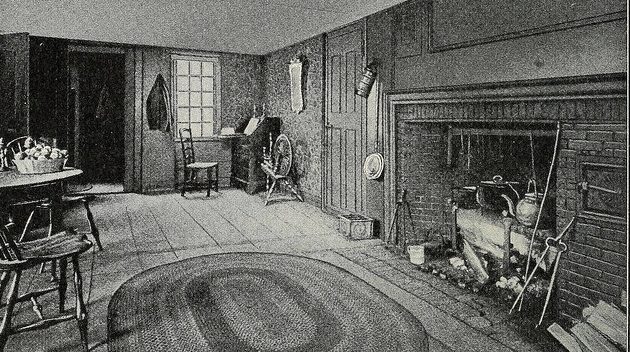You don’t have to be prepping for very long to know that the list of equipment and supplies never seems to end. As you move up from novice to expert prepper, your level of sophistication can actually decrease to some degree. As we all started out, we looked at the proverbial “Beans, bullets, and band-aids”. A good prepper is never really done with any one category but instead our sense of urgency shifts. I tend to shift my prepping based on a few variables. One variable is the demand. I refuse to pay $1 a round for ammunition, nor will I pay $200 for a thousand primers. Why? Simply because over the year I have steadily put back for a “rainy day”. So when ammunition or magazines become insanely high priced I switch over to focusing on something else like food, fuel or medical. This strategy has served me well for decades until now, when “everything” seems to be in demand and “everything” seems to be insanely priced. So, I have tried to find equipment and supplies that don’t seem to be in demand by the masses of new preppers. Here are some ideas to think about, if you are “okay” with basics:
When the power fails and our normal ways of heating our homes are no longer viable how are we going to heat our homes? Well, hopefully we all have wood-burning stoves but that will be far from the case. Traditional wood-burning fireplaces, it is said, have 70 to 90 percent of the heat go up the chimney. Hence the common fireplace is not an efficient way of heating one’s home. In the 1500s many English homes did not have fireplaces but rather they placed a small wood fire on the dirt floor in the middle of the home and kept it burning all day. In a somewhat different version, there were also reredos that were an open fireplace, made of fieldstone and perhaps some clay. The shape of many reredos would be like that of an armchair with no legs. The fieldstone would act as a heat sink to absorb the heat. Our modern homes are not conducive to doing this for a number of reasons, such as not having dirt floors, lower ceilings and not being as drafty — just to name a few.
As we often see in emergencies necessity becomes the mother of invention. People will do what they can, with what they have at the time to stay warm in a post-TEOTWAWKI world. (Please note this is for a long term grid down scenario like an EMP — not an ice storm.) A few items that can make heating our living spaces a little easier post-TEOTWAWKI are available, with no mad rush, are fire bricks, high heat silicone sealant, and welding blankets. Obviously, there are a number of safety issues with any fire, let alone with fires in post-TEOTWAWKI environments. I’ll leave it up to you to research how you may use these…
